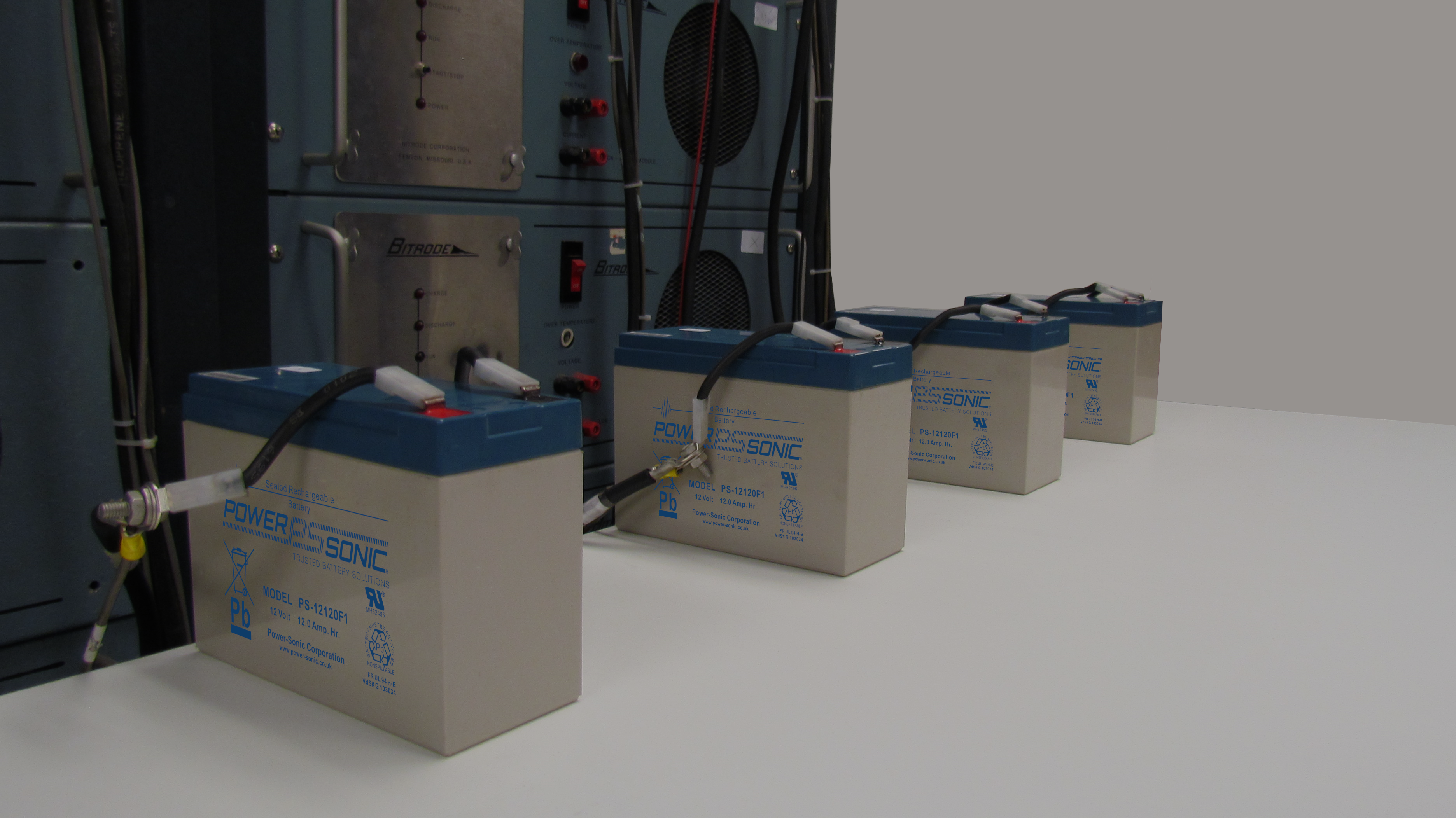When it comes to power backup systems like uninterrupted power supply (UPS), battery technology plays a crucial role in ensuring uninterrupted availability of power. While lead-acid batteries have been the go-to technology for decades due to their affordability, durability, and compatibility with most UPS systems, a new battery technology called Lithium Iron Phosphate (LiFePO4) has emerged as a safer, more reliable, and cost-effective alternative. In this blog, we will compare LiFePO4 and lead-acid batteries to help you make an informed decision.

What is a Lead-Acid Battery?
A lead-acid battery is a type of rechargeable battery that uses lead plates and sulfuric acid to generate electricity. These batteries have been the standard technology for automotive, industrial, and backup power applications for over a century due to their low cost, high energy density, and availability. However, lead-acid batteries have several downsides, including limited lifespan, high maintenance, and environmental hazards.
What is a Lithium Iron Phosphate (LiFePO4) Battery?
A Lithium Iron Phosphate (LiFePO4) battery is a type of lithium-ion battery that uses iron phosphate as the cathode. These batteries have gained popularity in recent years due to their superior performance, safety, and sustainability. Unlike other lithium-ion battery chemistries that use flammable and toxic materials, LiFePO4 batteries are non-toxic, non-flammable, and do not explode or catch fire, even under extreme conditions.
LiFePO4 vs. Lead-Acid Battery: Performance Comparison
1. Energy Density
Energy density refers to the amount of energy that a battery can store per unit volume or weight. LiFePO4 batteries have a higher energy density than lead-acid batteries, which means they can store more energy in a smaller and lighter package. This makes them ideal for applications where space and weight are critical factors.
2. Depth of Discharge
Depth of discharge (DoD) is the percentage of the battery's total capacity that can be used before recharging. LiFePO4 batteries have a higher DoD than lead-acid batteries, which means they can discharge deeper without damaging the battery. This translates into longer runtime and more usable energy.
3. Cycle Life
Cycle life refers to the number of charge-discharge cycles that a battery can undergo before its performance degrades. LiFePO4 batteries have a longer cycle life than lead-acid batteries, which means they last longer and require fewer replacements over time. LiFePO4 batteries can endure up to 3000 cycles, while lead-acid batteries only last between 300-500 cycles.
4. Charging Efficiency
Charging efficiency refers to the amount of energy that a battery can absorb during charging. LiFePO4 batteries have a higher charging efficiency than lead-acid batteries, which means they can charge faster and with less energy loss. This makes them more cost-effective and energy-efficient in the long run.
LiFePO4 vs. Lead-Acid Battery: Safety Comparison
1. Chemical Stability
Chemical stability refers to the ability of a battery to resist chemical reactions that can cause overheating, expansion, and leakage. LiFePO4 batteries have a higher chemical stability than lead-acid batteries, which means they are less prone to thermal runaway, explosion, or fire even when subjected to high temperatures, shocks, or punctures.
2. Toxicity
Toxicity refers to the potential of a battery to release toxic chemicals into the environment when disposed of improperly. LiFePO4 batteries are non-toxic, non-hazardous, and recyclable, which means they have a lower environmental impact than lead-acid batteries, which contain lead and sulfuric acid, both of which are hazardous to health and the environment.
Conclusion
In conclusion, Lithium Iron Phosphate (LiFePO4) batteries are the better choice for applications that require high energy density, long cycle life, fast charging, and safe operation. While lead-acid batteries are still popular due to their low cost and compatibility with most UPS systems, they have several drawbacks that make them less attractive than LiFePO4 batteries. As the demand for cleaner, safer, and more reliable energy storage solutions grows, we can expect LiFePO4 batteries to become more mainstream and replace traditional lead-acid batteries in many applications.
Keywords: Lead Acid Battery, Lithium Iron Phosphate, LiFePO4, UPS, Energy Density, Depth of Discharge, Cycle Life, Charging Efficiency, Chemical Stability, Toxicity.